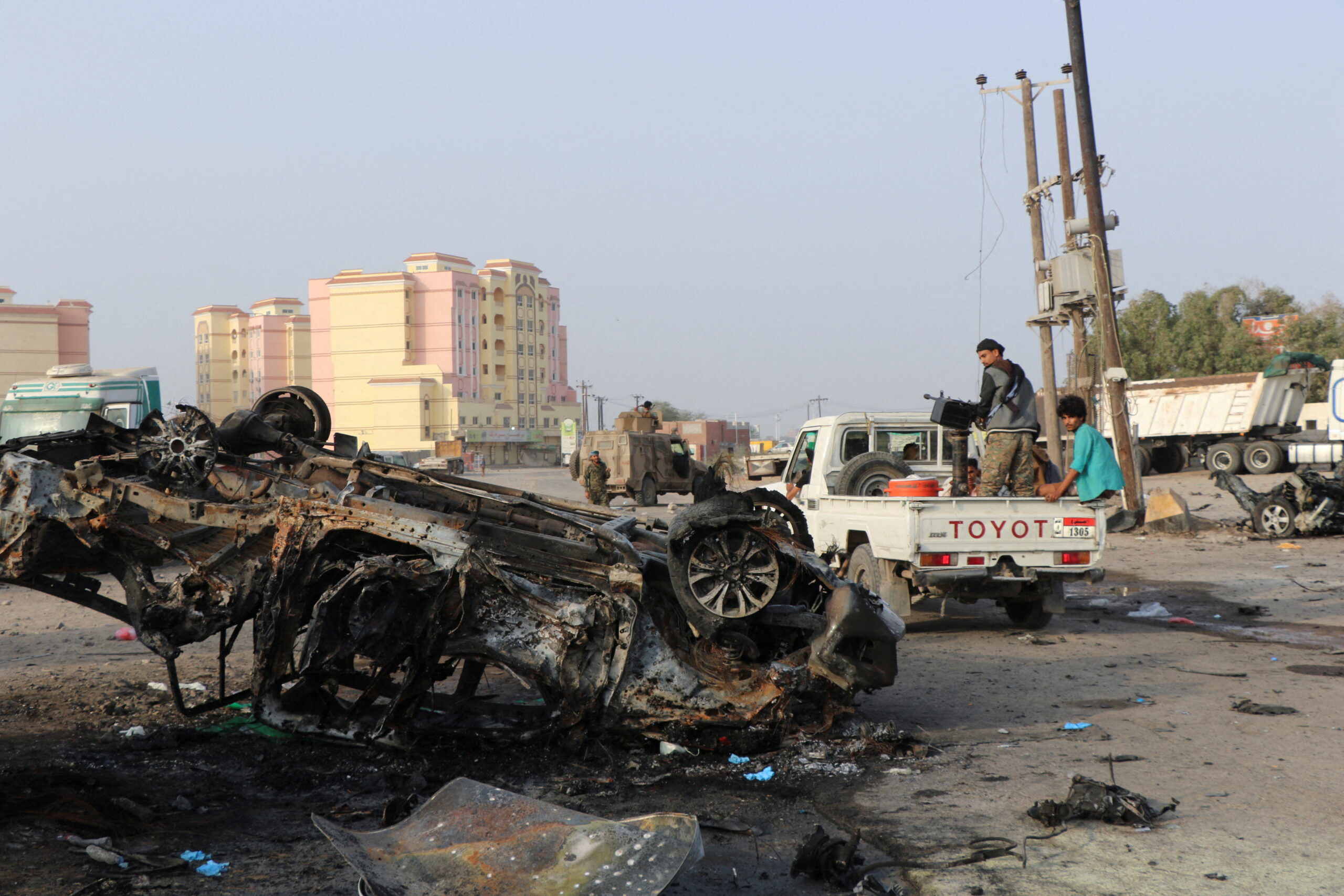Exit Yemen Now to Assist a Fragile Peace
On February 27, the 115th commercial flight since May of last year landed at Sanaa International Airport in the capital of Yemen. Children at a nearby hospital were exhilarated as the plane descended overhead, according to a local journalist, and even elderly patients smiled.
The plane is a tangible representation of the current de facto truce between Sanaa’s Houthi-led government and Saudi Arabia. Between March 2015 and March 2022, a Saudi-led military coalition conducted more than 2,500 air raids on Yemen, using American-made bombs and with the assistance of the U.S. military. As long as the cease-fire holds, Yemenis need not fear the sound of planes overhead.
Although the truce expired in October, both sides have largely kept to its terms. After closing it to commercial travel in 2016, the Saudi-led coalition permitted Sanaa Airport to resume limited operations. Before last April, the Saudi-led coalition periodically blocked petroleum imports through the Houthi-controlled port of Hodeidah, sparking acute fuel shortages that deepened the existing humanitarian crisis, which the U.N. has long called the worst in the world. Yemen imports 90 percent of its food. Without fuel for transportation, prices for basic food items soared. Meanwhile, hospitals were forced to turn off ventilators and other lifesaving equipment when they ran out of fuel for generators. Under the truce, the Saudis have allowed fuel to enter Hodeidah port, granting a slight reprieve.
The lull in conflict offers a brief window to achieve a more prolonged peace. Currently, rumors abound that Riyadh may be on the verge of a deal with Yemen’s Houthis, which would allow the Saudis to finally withdraw from the conflict after almost eight years trying to defeat the rebel group. As I show in new research for the Quincy Institute, this is a narrow opportunity to end U.S. involvement, while promoting stability and avoiding additional bloodshed.
Read the full piece in The American Prospect.
